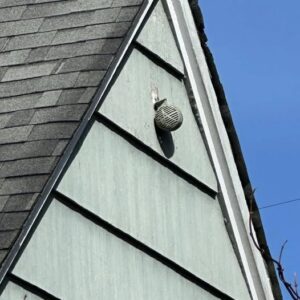The Role of Chalaza in Eggs
Eggs are a breakfast staple cherished for their versatility and taste. Whether fried, scrambled, or incorporated into dishes, eggs hold a special place on our plates. However, have you ever wondered about the stringy white substance inside eggs? It’s called the chalaza, and it’s a vital component that serves several purposes in egg structure and cooking.
Understanding the Chalaza
The chalaza is the stringy, white structure inside eggs that often appears mysterious to many. Each egg contains two chalazae—one attached to the top of the shell and the other to the bottom. These structures act as natural stabilizers, keeping the yolk suspended in the center of the egg white. This arrangement prevents the yolk from adhering to the shell and helps maintain its position during egg development.
Changes During Cooking
When eggs are cooked, the chalazae typically dissolve and become less noticeable. Heat causes the proteins in the egg white to denature and coagulate, breaking down the chalazae in the process. Thus, what was once visible in raw eggs disappears as eggs are prepared for consumption.
Edibility and Safety
Is it safe to eat the chalaza? Absolutely. Composed primarily of proteins, the chalaza poses no harm when consumed. In cooked eggs, it blends seamlessly into the egg white without altering its taste or texture. Many people unknowingly eat the chalaza daily without any issues.






